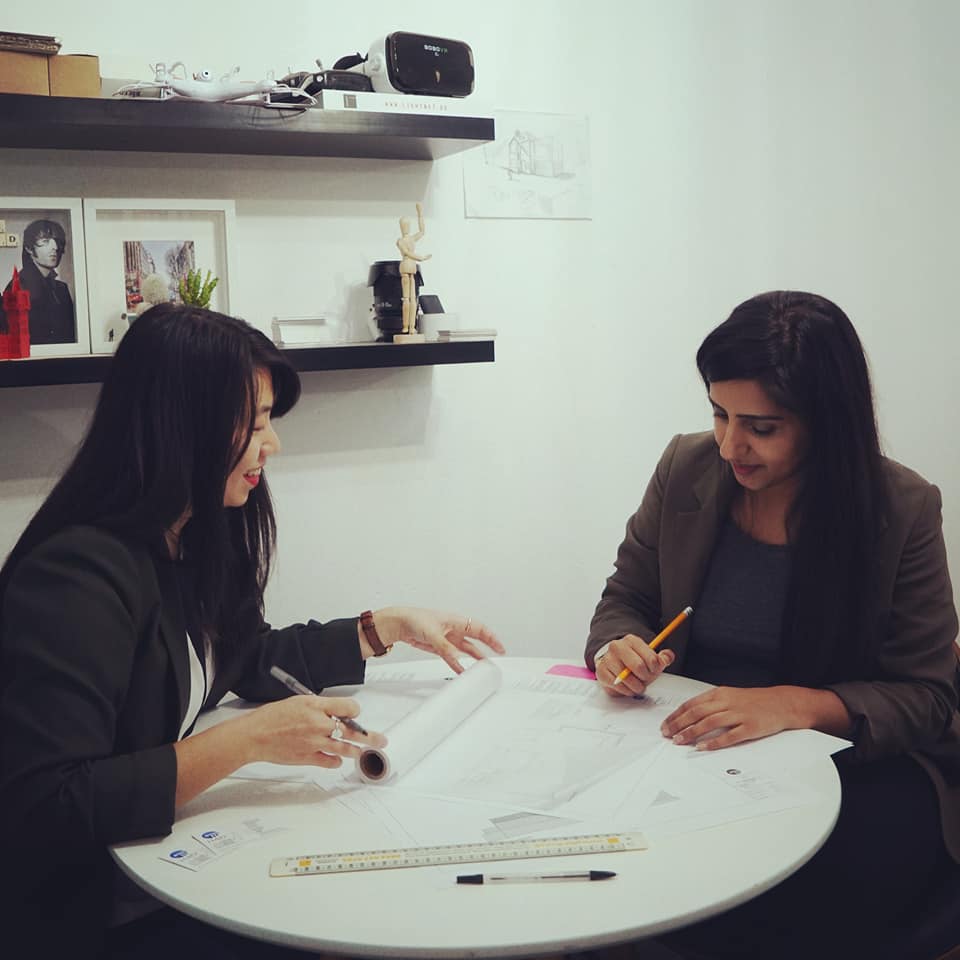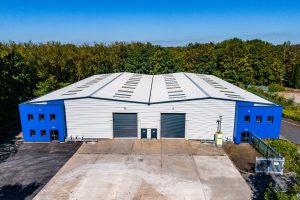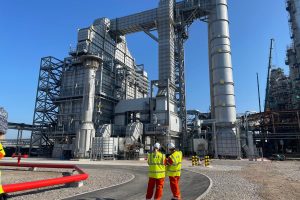The virus isn’t merely a health crisis; it is also a design problem. Has the COVID-19 pandemic re-shaped the built environment?

How has COVID changed the way we live and what type of spaces are we willing to live and work in?
As public spaces will begin to reopen, authorities will rush to put out advice on how to adapt them for a pandemic and architecture must mediate between the assumed needs of the moment versus the unknown needs of the future.
The team at HAD & CO Property Consultants found that seeing any new spaces, in the midst of the pandemic, made them imagine what it would be like to be quarantined in there for months and thought of a space that is Covid-friendly, they think of one that can be quickly closed off. In the past year, we have arrived at a new point in time of disease and architecture, where the fear of contamination controls the kind of spaces, we want to be in.
HAD & CO haven’t just seen a change in trend on domestic design, they’re finding that companies are turning away from communal open-office plans they’ve always had, in favour of partition and isolation. Flexibility and agility of space, but also compartmentalisation of it. The lockdowns and restrictions have made all nonessential workers more deeply familiar with the confines of their homes, our homes have become makeshift offices/workplaces, schools and gyms. While carrying our design work for domestic houses at HAD & CO figured that clients knew everything about them (much more than usual) with concentration on their flaws, the lack of space, especially in home offices, the lack of daylight, the need for an extra bathroom. With all the restrictions space is all they had to think about. For the team at HAD & CO, it has been an experience working with their clients trying to improve the space they’re confined in. Enquiries for loft conversions and extensions have certainly increased since the pandemic started in March 2020.
One of the questions they’ve asked themselves when working with domestic clients, is this the end of open plan living?
It’s expected that for many families, this lockdown period has highlighted that when they are all in the house at the same time, it can be difficult to find any personal space. A popular trend in recent years has been for open plan living, mainly the kitchen dining and living space opened up into one. These open plan areas usually function on the principle that anyone at home during the day can occupy this space before the family comes together to socialise in it in the evening. Open plan living relies on a phased pattern of occupation where different members of a household occupy the space at different times of the day. This is very different to the current simultaneous pattern of occupation during the lockdown.
HAD & CO started a project pre-COVID-19 in Coventry city centre, expanding 6 floors on top of an existing 4 storey building, the proposed use was student accommodation since the pandemic hit the developers decided to remove communal spaces altogether to make self-contained units indicating that this could become a long term design implication in future architecture and planning projects.
As much of their work is providing design services such as planning permission, building control and interior design to the hospitality sector, including restaurants, hotels and coffee shops with Double Tree by Hilton being one of their recent projects, HAD have had to reconsider their design approach. In today’s news, it has been announced that some hotels will be re-developed for ”emergency design” to house those who arrive in the UK to quarantine for 10 days. Other spaces within hotels, such as lobbies and communal areas, should be transformable to accommodate any future threat. When designing communal areas, the team needs to think about mitigating any risks but also bring people together. Designing to encourage social distancing could make spaces more generally sociable.
During this COVID-19 pandemic, when the landscape of public space has become both threatening and threatened, in particular the future of the restaurant industry has been brought into question. HAD & CO have adopted some physical alterations when designing restaurants to help keep both customers and restaurant workers safe.
HAD & CO suggest that any bar seating should be ruled out for now due to the difficulties of keeping safe distances. Tables are to be spaced at least two meters apart, however in smaller spaces where this is not possible it has been suggested that high barriers acting as a protective shield could be used as an alternative. Booth seating is also very secluded and safer than the usual open tables and chairs seating. Restaurant owners have been advised to adopt improved ventilation practices. Many of our clients have with the relaxation of planning rules during the pandemic considered using yard spaces, carparks, and rooftops as seating areas both increasing their capacity and having a safer seating environment.
While social distancing would seem to be a necessary, and hopefully a temporary action, it is fair to think that concerns about future pandemics might encourage architectural professionals to design with open spaces in mind which enable and encourage people to spread out and stay safe!
HAD & CO Property Consultants Ltd founded by Saira Hussain and Nixie Edwards, a female-led architecture, property, planning, and interior design practice based in Burnley, Blackburn, Manchester and London specialise in restaurant, hotel design, along with high-end domestic projects, new build residential/commercial projects and HMO/apartment conversion planning permission, building control and interior design projects.
A full list of services:
- Householder Planning Applications for extensions, alterations and conversions to existing homes.
- Full Planning Applications for new build residential, commercial, industrial and retail developments
- Change of use Planning Applications for shops, restaurants and commercial premises
- Outline Planning Applications for larger schemes of all types
- Planning enquiries in order to determine the possible merits of a potential Planning Application
- Lawful Development Certificate
- Prior Approval
- Permitted Development
- Outline Planning
- Building Regulations Applications for new build residential,commercial,industrial and retail developments
- Building Control Applications for smaller residential projects such as extensions, loft conversions, garage conversions and general smaller refurbishment works
- Full interior design service (Commercial)
- Schematic design drawings and visuals
- 3D Visuals and animations
- Measured building surveys/Housing Inspections
- Full packages of construction drawings for building contractors








